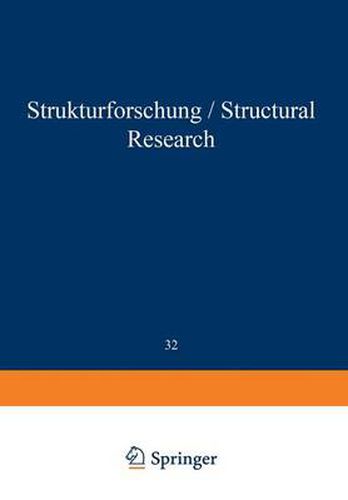This title is printed to order. This book may have been self-published. If so, we cannot guarantee the quality of the content. In the main most books will have gone through the editing process however some may not. We therefore suggest that you be aware of this before ordering this book. If in doubt check either the author or publisher’s details as we are unable to accept any returns unless they are faulty. Please contact us if you have any questions.
107 In this way the absolute values of the structure factors may be found, not the phases (6. 8). The problem to find these phases is the phase problem. The present article will treat the following topics. At first the description of the ideal crystal will be given in Chap. B. The underlying principles of this description are the concepts of reciprocal lattice, FOURIER synthesis and sym metry. The evaluation of the intensity will then follow in Chap. C and D. Chap. E is concerned with the phase problem and related topics. Though this article treats the analysis of crystal structures, the fundamental concepts for other structures will here be found too. But these topics, and the experimental methods, will l find their place elsewhere . B. Description of the crystalline state. I. Lattice theory. a) The direct lattice. 8. Introduction. In Sect. 3, a description of the ideal crystal was given: The space, occupied by a crystal, is divided into congruent parallelepipeds, each with the same orientation. This parallelepiped is defined by the three basic vectors, a, band c, drawn from an origin 0 (Fig. 2), and is called the primitive cell. This cell is filled with atoms (or ions), and the same configuration of atoms is repeated in space. It has been aptly called a three-dimensional wallpaper, as on a wallpaper the same pattern is repeated again and again.





